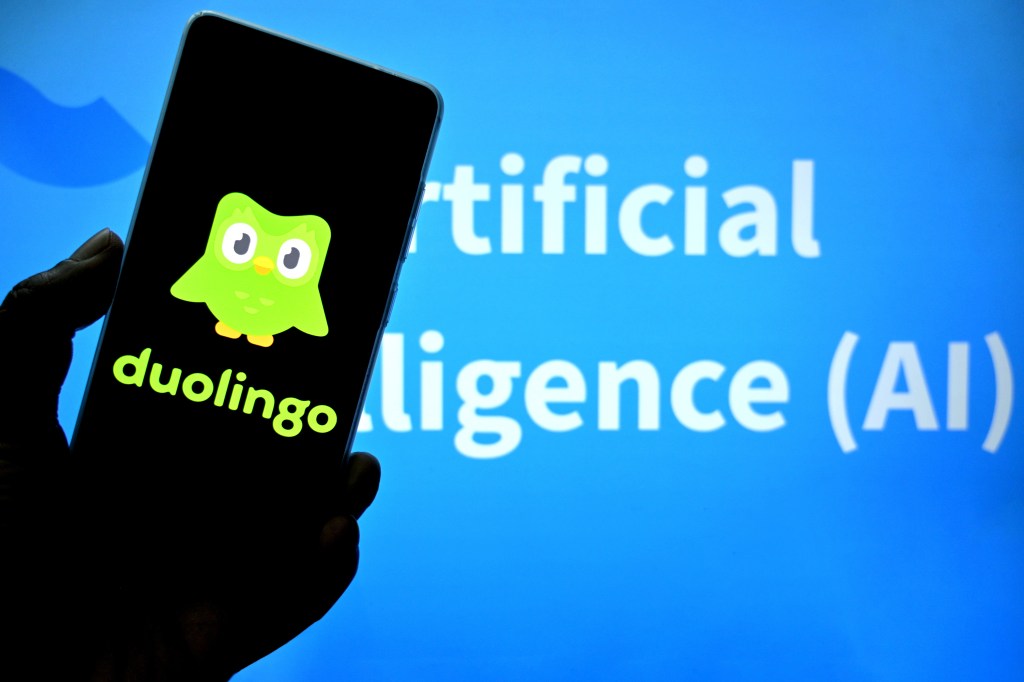In early 2025, Duolingo’s CEO, Luis von Ahn, announced a strategic shift towards becoming an AI-first company. This declaration sparked significant public debate, with many interpreting the move as a cost-cutting measure aimed at replacing human employees with artificial intelligence. Von Ahn has since addressed these concerns, emphasizing that the initiative was misunderstood and that the company’s primary goal is to enhance user experience through technological innovation, not to reduce its workforce.
Understanding the AI-First Initiative
Duolingo’s decision to prioritize artificial intelligence stems from a desire to scale its language-learning offerings more efficiently. By integrating AI, the company aims to develop and launch new courses at an unprecedented pace. For instance, in April 2025, Duolingo introduced 148 new language courses created using generative AI, effectively doubling its course offerings. This rapid expansion would have taken decades without the assistance of AI technologies.
Von Ahn highlighted the internal consensus supporting this strategy, noting that within the company, the move was not controversial. He acknowledged, however, that the external perception differed, with some assuming the shift was solely profit-driven or intended to eliminate human roles. He clarified that this was not the case and that Duolingo has never laid off any full-time employees, nor does it plan to do so. While the company has adjusted its contractor workforce based on operational needs, these changes are part of a longstanding practice of scaling resources up or down as required.
Addressing Public Concerns
The announcement led to a wave of criticism on social media platforms, with users expressing fears that AI integration would compromise the quality of language instruction and result in job losses. Some users even pledged to cancel their subscriptions in protest. In response, von Ahn admitted that he did not provide sufficient context when announcing the AI-first strategy, which contributed to the backlash. He emphasized that the primary objective is to leverage AI to enhance the learning experience, not to replace human employees.
To further demonstrate the company’s commitment to responsible AI integration, Duolingo has implemented f-r-AI-days, dedicated sessions every Friday morning where team members experiment with AI technologies. This initiative encourages employees to explore how AI can be utilized to improve their work processes and the overall user experience.
Financial Performance Amid Controversy
Despite the public outcry, Duolingo’s financial performance has remained strong. The company reported a 40% year-over-year increase in daily active users and anticipates generating over $1 billion in revenue for the year. This growth suggests that the AI-first strategy has not negatively impacted the company’s bottom line. Von Ahn acknowledged that the backlash affected the company’s social media sentiment, leading Duolingo to adjust its content strategy to foster a more positive online presence.
The Broader Implications of AI Integration
Duolingo’s experience highlights the broader challenges companies face when integrating AI into their operations. While AI offers significant opportunities for innovation and efficiency, it also raises concerns about job displacement and the quality of services. Von Ahn’s reflections underscore the importance of clear communication and transparency when implementing such transformative strategies. He advocates for approaching AI with curiosity rather than fear, emphasizing that the technology is intended to augment human capabilities, not replace them.
Conclusion
Duolingo’s shift towards an AI-first approach represents a significant evolution in the language-learning industry. By leveraging AI, the company aims to expand its offerings and enhance the user experience. However, the initial public reaction underscores the need for clear communication and transparency when implementing such strategies. As Duolingo continues to navigate this transition, it remains committed to balancing technological innovation with its core mission of providing accessible and effective language education.



